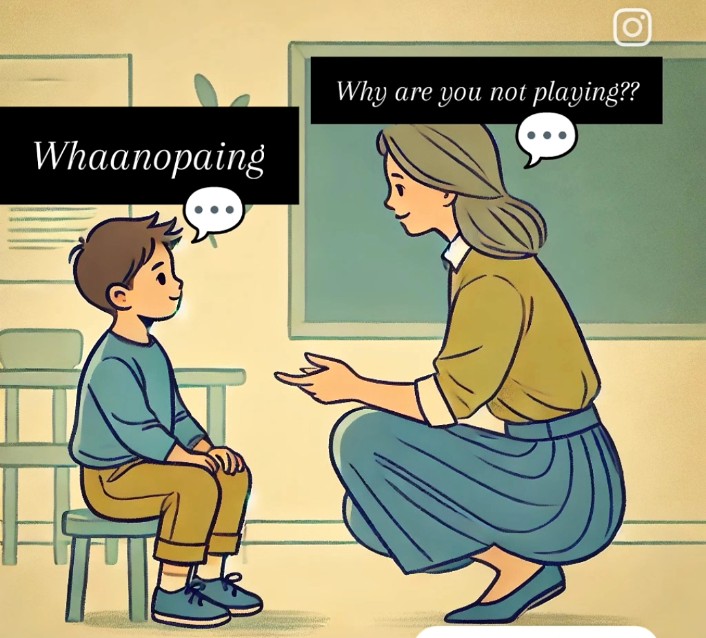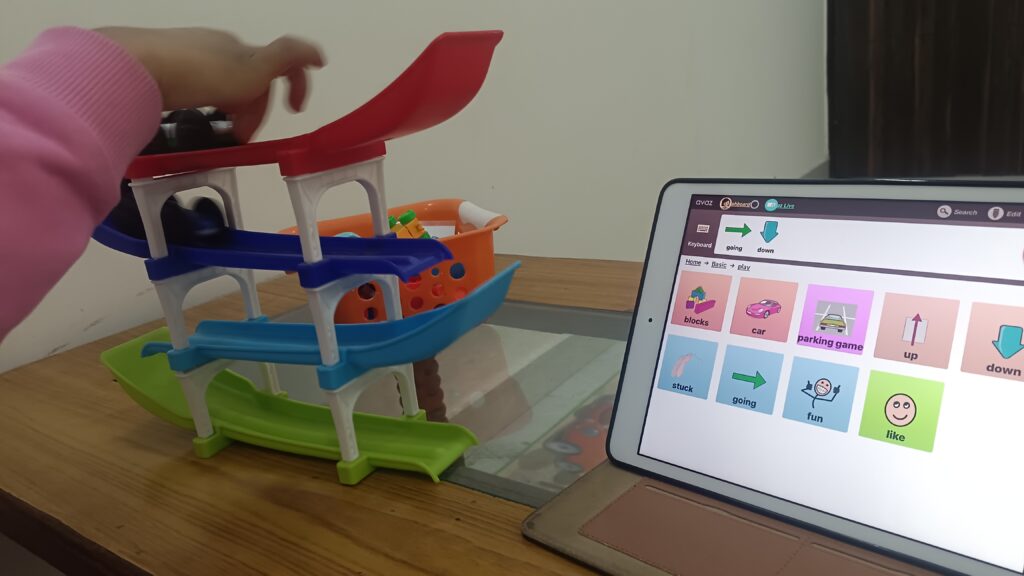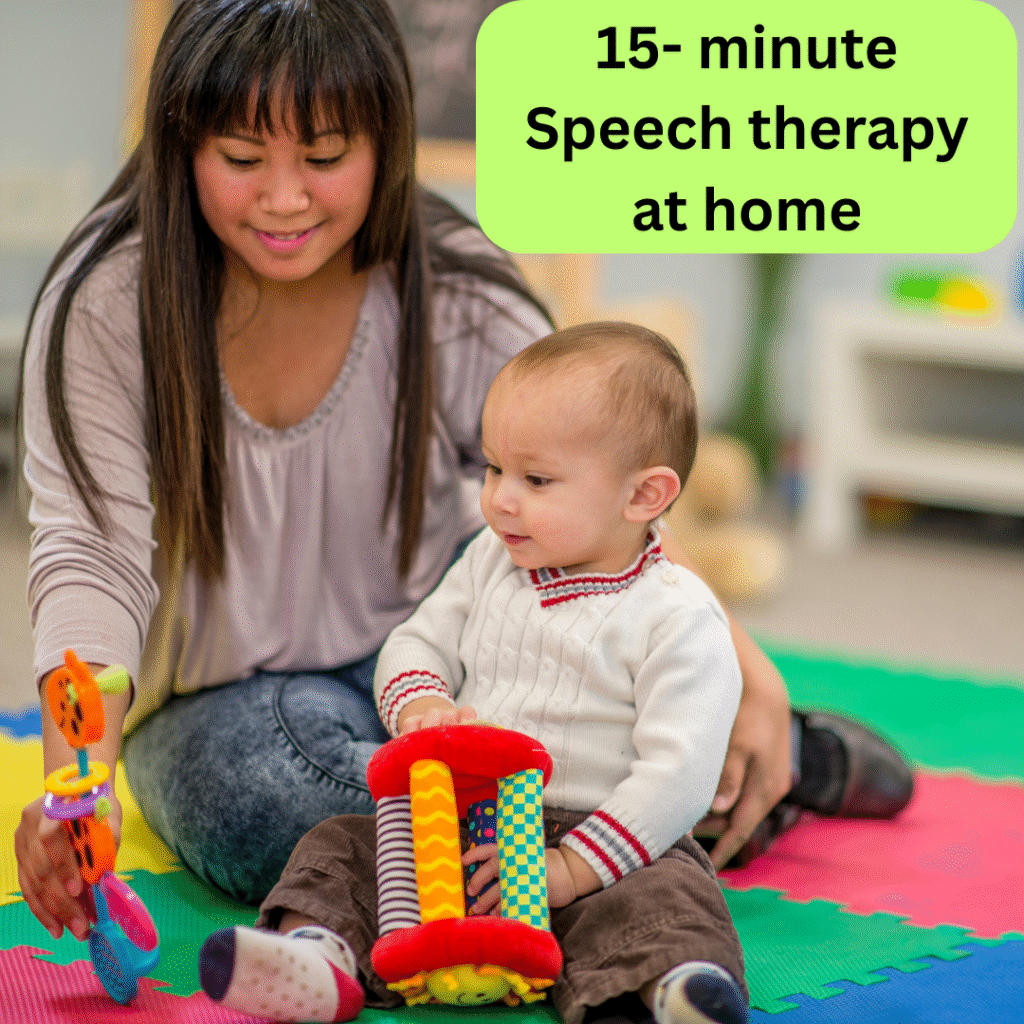Echolalia—the repetition of phrases, words, or sounds—can be a fascinating and essential part of language development in children, especially those identified as Gestalt Language Processors. If your child echoes phrases from movies, books, or previous conversations, it’s vital to understand that echolalia isn’t just repetition—it’s a meaningful step in their language acquisition journey.
As a Speech Language Therapist, I work closely with children who use echolalia to communicate, helping parents understand that these repetitions are often expressions of needs, thoughts, or emotions. In this post, I’ll share key strategies to support children who use echolalia in their communication, building on the foundation laid in my earlier post, Is My Child a Gestalt Language Processor?.
Modeling Language
One of the most effective strategies is modeling language. When a child uses echolalia, mimicking their tone and rhythm can make them feel understood and encourage further communication. This approach promotes connection, making children feel heard while reinforcing their language use.
By repeating what the child says, you are providing validation for their attempts to communicate. Over time, this helps the child move toward generating more independent phrases as they gain confidence in their language abilities.
Recognizing Communicative Intent of Echolaia
Many parents worry about echolalia, but it’s important to recognize that these echoed phrases often serve a communicative purpose. Whether a child is requesting something, sharing an emotion, or commenting on their environment, echolalia is frequently their way of expressing themselves.
By understanding the child’s intent, parents and caregivers can respond in a way that acknowledges and reinforces their communication efforts, creating a positive feedback loop that nurtures their verbal skills.
Encouraging Contextual Use
Children using echolalia often repeat lines they’ve heard in specific contexts, such as from movies or conversations. Helping them use these phrases in the right context is a powerful way to encourage flexible language use. For example, if your child repeats a line from a movie, you can guide them to use it in relevant, everyday situations, helping them understand the meaning behind the phrase.
By gently steering the child toward appropriate usage, we not only validate their language but also open the door to more versatile communication.
Expanding on Echolalia Phrases
When a child echoes a phrase, caregivers can expand on it by adding new words or providing more context. This helps the child learn to create more original language over time. For example, if a child says, “It’s raining cats and dogs!” from a favorite cartoon, you might respond with, “Yes, it’s raining very hard today, isn’t it?”
These expansions help broaden the child’s understanding and offer models of natural, spontaneous speech without negating their attempts to communicate.
Creating Opportunities for Communication
Engaging the child in interactive activities like role-playing or games creates opportunities for them to use their echolalic phrases in functional ways. Role-playing allows them to explore phrases in various scenarios, promoting both understanding and flexibility.
By creating a playful, low-pressure environment, you encourage them to practice these phrases in meaningful, real-world situations.
6. Using Visual Supports
Incorporating visual aids like picture cards, schedules, or objects can help children link their echolalic phrases to specific situations. Visual supports are often key in enhancing comprehension and guiding children to understand how certain phrases fit into daily life.
For example, if your child often repeats, “Time to eat!” from a show, pairing that phrase with a visual schedule of mealtimes can help them connect the phrase with the activity.
Supporting Gestalt Language Processors (Echolalia) in the Classroom: Key Strategies for Teachers
Gestalt language processors often communicate through scripting and echolalia, which can be misunderstood in a classroom setting. To better support these students, here are a few essential strategies teachers can adopt:
- Acknowledge Scripting: Scripting or echolalia is a form of communication, and teachers should avoid trying to eliminate it. Instead, acknowledge it by smiling, nodding, repeating back the script, or saying “ok” or “yes.” Even if the language seems like “jargon,” responding positively builds trust.
- Use Declarative Language: Avoid over-reliance on questions when engaging with gestalt language processors. Instead, try using declarative statements, narrating events, and leaving pauses to encourage natural responses. This approach feels less demanding and more supportive for these students.
- Understand Emotional Connections: Many scripts aren’t literal; they are linked to emotional or memorable experiences. Teachers should focus on the emotional context rather than the literal meaning of the script.
- Collaborate with Speech-Language Pathologists: Working closely with a student’s speech-language pathologist (SLP) helps tailor your classroom approach to the child’s specific needs. This collaboration ensures more individualized and effective support.
By incorporating these strategies, teachers can create a more inclusive and supportive classroom environment for gestalt language processors.
Conclusion
Supporting children who use echolalia in communication is all about recognizing and respecting their unique process. These strategies—modeling language, expanding on phrases, encouraging contextual use, and providing visual supports—are designed to help children transition from echoed phrases to more spontaneous, flexible language use.
If you suspect your child is a Gestalt Language Processor and echolalia is a significant part of their communication, these techniques can help bridge the gap between repeating phrases and generating independent, meaningful speech.
With patience and the right strategies, echolalia can become a stepping stone toward rich, individualized communication.
Bibliography: Meaningful speech, Marge Blanc’s book Natural language Acquisition
Author- Shabana Tariq
Speech Language Therapist Echolalia Specialist
AAC for Kids: What It Is and Why It Matters for Your Child’s Speech Development
AAC stands for Augmentative and Alternative Communication, and it includes all the ways a person…
Why Isn’t My Child Talking? An Essential Guide for Parents Worried About Speech and Language Delay
Introduction It’s natural for parents to worry about their if their child isn’t talking as…
Why Late Talking Is not Always Autism: The Research
Why Late Talking Is not Always Autism: The Research A Mother’s Story: “Why isn’t he…
Screen Time and Language Development: Harmful or Helpful?
In today’s tech-savvy world, parents and educators often wonder: Is screen time harming my child’s…
15-Minute Daily Speech therapy Routine for home
Are you waiting for your child to start talking and wondering how to help at…
FIRST WORDS BEGIN HERE
Helping Your Child Speak: A Free Guide for Parents Is your toddler not talking yet?…





